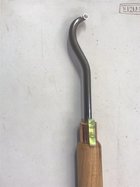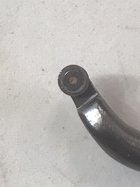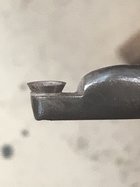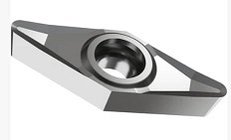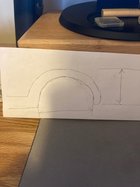Hi:
I've just discovered a line of carbide scrapers from a company called Kilian (Canadian). The tools look interesting, and are said to be nanograin carbide (which I assume equates to a finer cutting edge - or to finer marketing one or the other). The tools are unhandled, so I could get some turning practice making the handles. They also offer negative rake cutters which might be interesting to try. Any and all advise/reviews appreciated.
Be safe and stay well.
Barry W. Larson
Calgary, Alberta, Canada eh!
I've just discovered a line of carbide scrapers from a company called Kilian (Canadian). The tools look interesting, and are said to be nanograin carbide (which I assume equates to a finer cutting edge - or to finer marketing one or the other). The tools are unhandled, so I could get some turning practice making the handles. They also offer negative rake cutters which might be interesting to try. Any and all advise/reviews appreciated.
Be safe and stay well.
Barry W. Larson
Calgary, Alberta, Canada eh!



